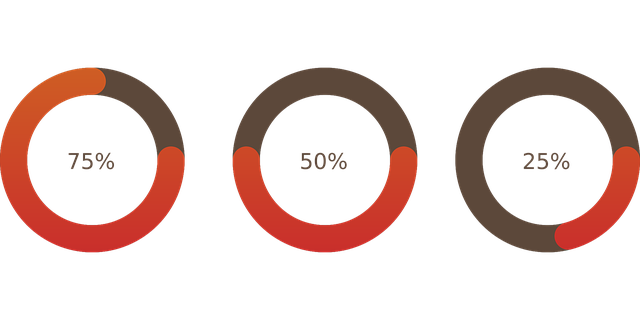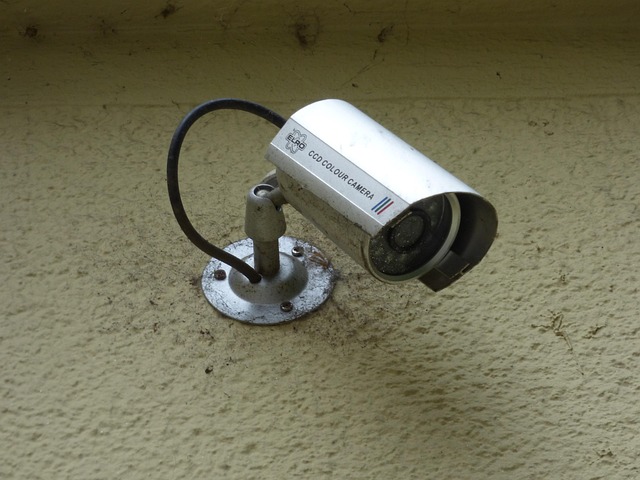Financial services companies face unique challenges with their IT infrastructure, demanding high uptime and data integrity due to stringent regulations and critical operations. Performance IT monitoring is a game-changer, providing real-time analysis for swift issue identification and resolution. Advanced tools optimize network performance, bolster defenses against cyber threats, and enhance customer satisfaction by minimizing downtime. Proactive strategies like 24/7 surveillance, network diagnostics, and CPA audits ensure resilience and optimal system performance, even under intense pressures. Real-time network monitoring and performance management are essential for operational efficiency, as demonstrated by successful implementations in global banking and insurance sectors.
In the fast-paced world of financial services, robust and efficient performance IT monitoring is paramount. The complex nature of IT infrastructure in this sector presents unique challenges, from regulatory compliance to securing sensitive data. This article delves into these complexities, exploring the transformative power of real-time network monitoring. We discuss its impact on operational efficiency, highlight key performance indicators (KPIs), and present advanced tools for proactive management. Moreover, we offer strategies for system robustness and success stories from top financial institutions implementing these solutions.
- Understanding the Unique Challenges of Financial Services IT Infrastructure
- The Impact of Real-time Network Monitoring on Operational Efficiency
- Key Performance Indicators (KPIs) for Financial Services Companies
- Advanced Tools and Technologies for Proactive Performance Management
- Strategies to Ensure Robustness and Resilience in Critical Financial Systems
- Case Studies: Successful Implementation of Real-time Monitoring in Top Financial Institutions
Understanding the Unique Challenges of Financial Services IT Infrastructure

The IT infrastructure of financial services companies faces unique challenges due to its stringent regulatory environment and high-stakes operations. Unlike generic business networks, these systems must ensure unparalleled uptime and data integrity to prevent costly downtime prevention measures, such as CPAs (business continuity plans). The complexity of managing vast amounts of sensitive financial data, along with the need for real-time performance IT monitoring, poses a significant technical challenge. Financial institutions rely heavily on their network infrastructure, making proactive network scans and CPA network audits essential to maintain operational efficiency and regulatory compliance.
Effective performance management requires continuous vigilance against potential bottlenecks, security threats, and system failures. Traditional monitoring tools often fall short in addressing the dynamic nature of financial services networks, which demand a more nuanced approach. Real-time analysis and intelligent alerting systems are crucial for swiftly identifying issues before they escalate into critical failures. By leveraging advanced monitoring solutions, financial service providers can not only optimize their network performance but also fortify their defenses against ever-evolving cyber threats.
The Impact of Real-time Network Monitoring on Operational Efficiency

Real-time network monitoring is a game-changer for financial services companies aiming to optimize their operational efficiency. By continuously watching over the IT infrastructure, organizations can swiftly identify and resolve issues before they cascade into major disruptions. This proactive approach to performance management ensures that every component of the network – from bandwidth analysis to CPAs (Cost Per Action) in network audits – functions at its best. With immediate insights into potential bottlenecks or underutilized resources, companies can make data-driven decisions to enhance overall system performance.
Effective monitoring dashboards provide a comprehensive view of the network’s health, allowing IT teams to proactively manage resources and minimize downtime. This not only improves customer satisfaction by maintaining high service levels but also reduces costly manual interventions and unplanned maintenance. In today’s fast-paced financial services landscape, where every second counts, real-time monitoring empowers companies to stay ahead of potential issues, thereby enhancing their ability to deliver seamless transactions and exceptional user experiences.
Key Performance Indicators (KPIs) for Financial Services Companies

Financial services companies operate within a highly regulated environment where every transaction and data flow must be meticulously tracked and monitored. Key Performance Indicators (KPIs) play a pivotal role in this regard, offering measurable metrics to assess the health of their IT infrastructure and network performance. Among these KPIs, uptime and availability are paramount, ensuring smooth operations and customer satisfaction. Proactive network scans and connectivity tools accounting for potential bottlenecks or security vulnerabilities can significantly enhance these figures.
Beyond basic operational metrics, financial institutions also track latency, response times, and data transfer speeds to guarantee the efficiency of their trading systems and connectivity to global markets. Regular CPA network audits help maintain compliance with regulatory standards while identifying areas for improvement in IT monitoring strategies. Effective performance management through real-time monitoring allows these companies to adapt quickly to market changes, mitigate risks, and optimize their network resources for peak performance.
Advanced Tools and Technologies for Proactive Performance Management

In today’s digital era, financial services companies rely heavily on robust and reliable IT infrastructure for their operations. To ensure optimal performance and mitigate potential issues, advanced tools and technologies for performance IT monitoring are becoming indispensable. Proactive network scans and continuous, 24/7 monitoring enable CPA IT teams to anticipate and address problems before they impact critical accounting processes.
By leveraging cutting-edge solutions, these professionals can gain real-time insights into network health, identify performance bottlenecks, and proactively optimize resources. Such proactive performance management not only enhances operational efficiency but also strengthens the security posture of the organization, ensuring a stable and secure environment for financial transactions and data processing.
Strategies to Ensure Robustness and Resilience in Critical Financial Systems

To ensure robustness and resilience in critical financial systems, financial services companies must adopt multi-faceted strategies that span from proactive to reactive measures. Proactive performance IT monitoring is a cornerstone, enabling continuous assessment and early detection of potential bottlenecks or security threats. Regular 24/7 monitoring accounting ensures that any anomalous activity can be promptly identified and addressed before it impacts key systems.
Implementing robust network diagnostics tools, integrated with CPA network audits, offers a deeper understanding of the system’s performance and vulnerabilities. This proactive approach, combined with rigorous testing and regular updates, fortifies the network against evolving cyber threats. By leveraging these strategies, financial institutions can maintain optimal performance levels, ensuring uninterrupted service delivery and preserving the integrity of their accounting processes, even under intense operational pressures.
Case Studies: Successful Implementation of Real-time Monitoring in Top Financial Institutions

In the competitive financial services sector, real-time network monitoring and performance management are no longer niceties—they’re essential. Top institutions have embraced this shift, achieving significant improvements in operational efficiency and customer satisfaction through innovative implementation strategies. For instance, a global banking giant leveraged advanced performance IT monitoring tools to track network diagnostics in real time, enabling CPAs (connectivity tools accounting) to proactively identify and mitigate potential issues before they impacted clients. This proactive approach resulted in enhanced system uptime and faster response times for critical financial transactions.
Another leading insurance company utilized monitoring dashboards to gain granular insights into their network performance. By visualizing key metrics, they could quickly identify bottlenecks and optimize resource allocation. This data-driven approach not only improved overall network stability but also allowed them to offer more competitive pricing to clients based on the transparency of their enhanced connectivity tools accounting practices. These case studies demonstrate that real-time monitoring is not just a technical solution; it’s a strategic imperative for financial institutions aiming to stay ahead in today’s dynamic market.
